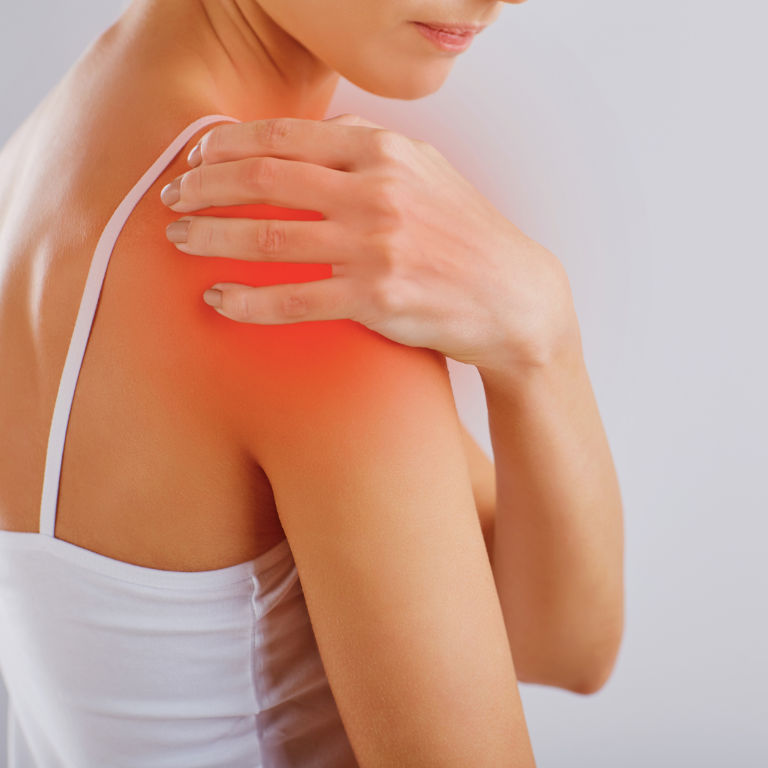
Shoulder injuries
Shoulder injuries are frequent and, therefore, represent one of the most common causes that lead people to seek help from an Orthopedist, specialized in this anatomical region.
The shoulder is a complex joint that allows for a wide range of motion, but this flexibility also makes it more susceptible to injury. When they occur, they are painful and limiting conditions that affect the performance of the most diverse day-to-day tasks, significantly affecting the quality of personal and professional life.
There are several possible causes for the occurrence of these injuries, such as trauma due to falls, interpersonal violence, road accidents, contact sports or sudden movements; excessive and repetitive use of the joint when lifting weights recurrently, for example; ageing, as the cartilage and tendons in the shoulder deteriorate, increasing the risk of injury; and pathologies such as arthritis or bursitis that can cause inflammation and damage to the shoulder structure.
Associated symptoms are pain, swelling, stiffness, weakness, difficulty moving, and limited range of motion. Due to the discomfort they cause, people seek to consult an Orthopedist, in order to be evaluated and start treatment for the injury.
These professionals are experts in the diagnosis, treatment and rehabilitation of musculoskeletal conditions. Initially, they will perform a thorough physical examination of the shoulder, as well as record the patient's medical history, existence of previous injuries, symptoms, and activities that may be causing the condition. Imaging tests are usually required to help identify the problem.
The SLAP lesion is a recurrent lesion that occurs in the glenoid labrum region of the shoulder. The glenoid labrum is a fibrocartilaginous tissue structure that lines the glenoid cavity of the scapula, providing stability to the shoulder.
This injury occurs when there is rupture or detachment of the labrum from the anterior to the posterior area, and may have its origin in the causes discussed above. Symptoms also include shoulder pain, a feeling of instability, weakness, decreased function, and there may even be popping and blocking of the shoulder during some movements.
The treatment for this and other injuries is defined based on the severity of the injury and the symptoms that the patient presents. Physiotherapy, rest, medication, strengthening the muscles surrounding the surgery are the most common.

